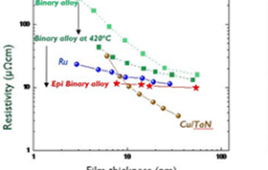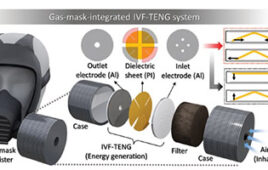 For the first time, scientists have been able to weave a material at molecular level. The research is led by University of California Berkeley, in cooperation with Stockholm University. The new material is presented in the scientific journal Science.
For the first time, scientists have been able to weave a material at molecular level. The research is led by University of California Berkeley, in cooperation with Stockholm University. The new material is presented in the scientific journal Science.
Weaving is a well-known way of making fabric, but has until now never been used at the molecular level. Scientists have now been able to weave organic threads into a three-dimensional material, using copper as a template. The new material is a COF, covalent organic framework, and is named COF-505. The copper ions can be removed and added without changing the underlying structure, and at the same time the elasticity can be reversibly changed.
“It almost looks like a molecular version of the Vikings chain-armor. The material is very flexible,” says Peter Oleynikov, researcher at the Department of Materials and Environmental Chemistry at Stockholm University.
COFs are like MOFs’ porous three-dimensional crystals with a very large internal surface that can adsorb and store enormous quantities of molecules. A potential application is capture and storage of carbon dioxide, or using COFs as a catalyst to make useful molecules from carbon dioxide.
The research is led by Professor Omar Yaghi at University of California Berkeley. At Stockholm University Professor Osamu Terasaki, PhD student Yanhang Ma, and Oleynikov have contributed to determine the structure of COF-505 at atomic level from a nano-crystal, using electron crystallography methods.
“It is a difficult, complicated structure and it was very demanding to resolve. We’ve spent lot of time and efforts on the structure solution. Now we know exactly where the copper is and we can also replace the metal. This opens up many possibilities to make other materials,” says Ma, a student at the Department of Materials and Environmental Chemistry at Stockholm University.
Release Date: January 22, 2016
Source: Stockholm University




